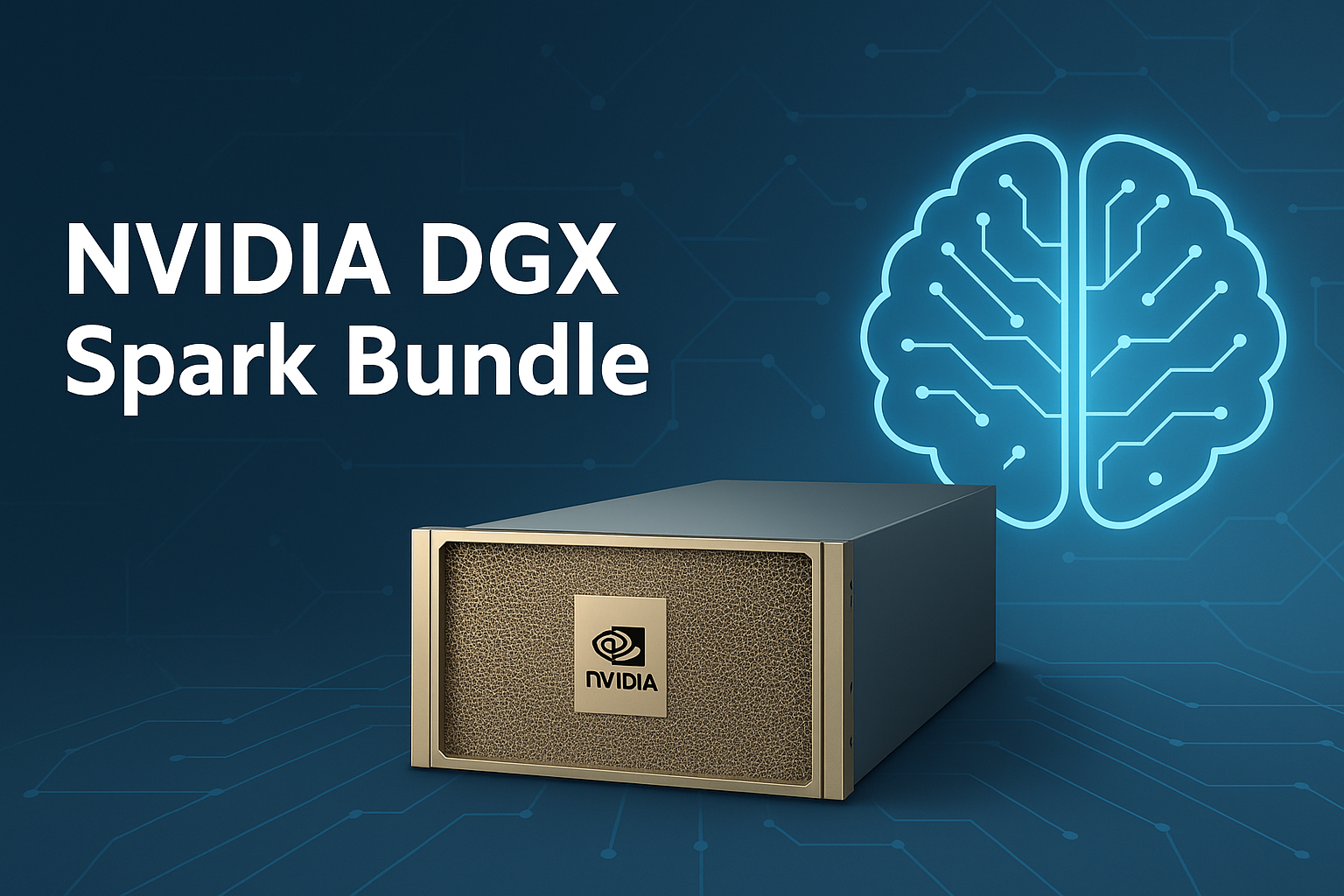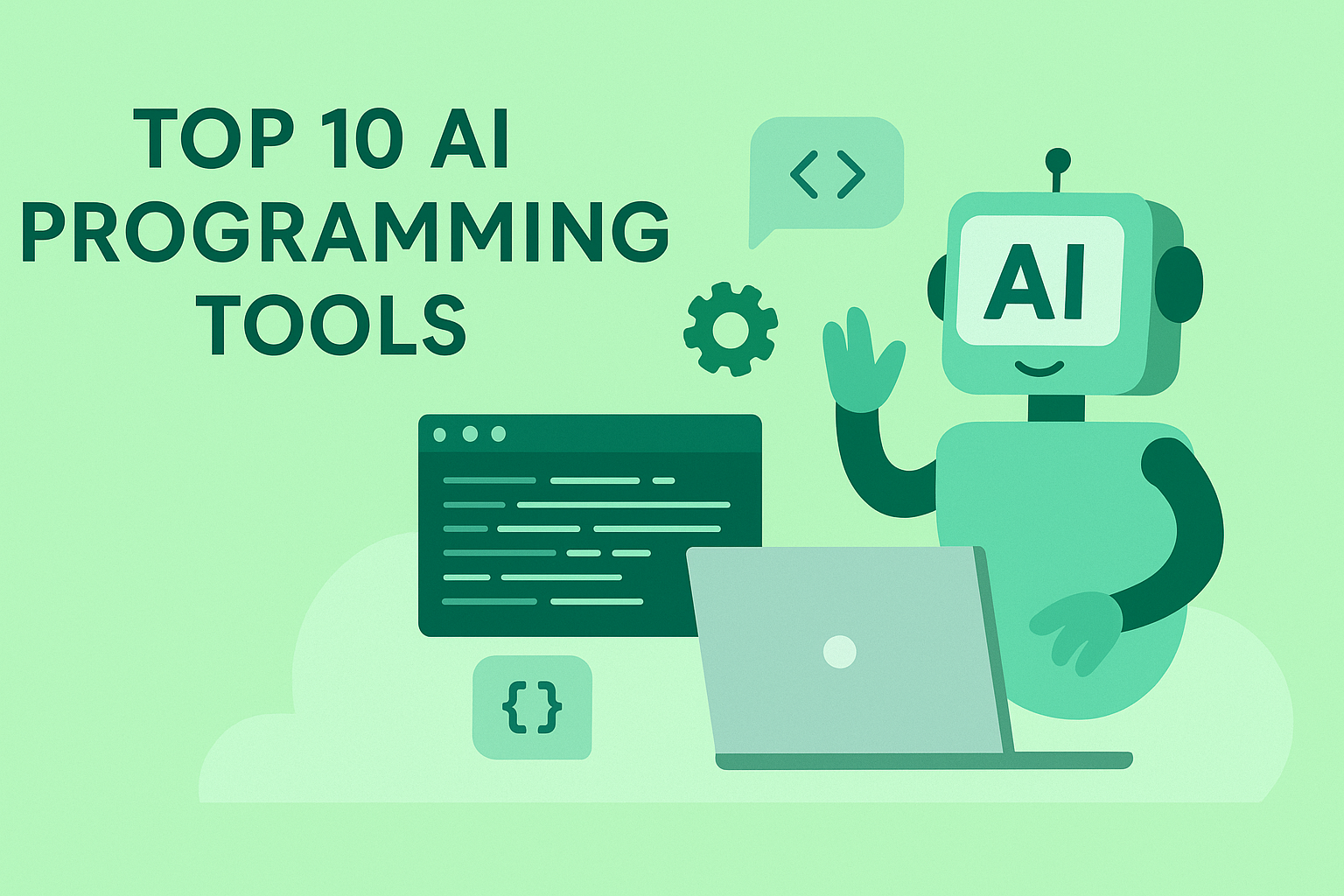Generative AI 2.0 isn’t just about producing text, art, or music.
It represents a smarter, more nuanced phase of artificial intelligence one that blends creativity with logic, data with design, and imagination with structure.
This new wave of AI is not only enhancing creative output but also redefining how code, content, and innovation coexist in digital ecosystems.
While the first generation of generative AI focused on outputting what was asked, Generative AI 2.0 is focused on understanding context, intent, and originality.
It thinks more critically, creates more coherently, and adapts more naturally to human needs.
The Shift from Generative AI 1.0 to 2.0
Generative AI 1.0 tools like ChatGPT, DALL·E, and Midjourney introduced the world to automated creativity.
They were groundbreaking for what they could generate: essays, images, and code within seconds.
However, they mostly reacted producing responses based on prompts without real situational understanding.
Generative AI 2.0 takes things further.
It doesn’t just respond; it reasons, learns, and collaborates.
These models can recognize emotions, adjust tones, infer deeper meanings, and even detect when a human is uncertain or inconsistent.
The results are not only more useful but more aligned with purpose.
The Three Pillars of Generative AI 2.0
Generative AI 2.0 stands on three interconnected pillars Creativity, Code, and Content.
Each complements the other to form a holistic intelligence framework that powers today’s smarter AI tools.
1. Creativity: From Inspiration to Co-Creation
Earlier AI systems could mimic creative patterns, but they often lacked originality.
Generative AI 2.0 changes that by introducing co-creation.
It works alongside humans as a partner in ideation rather than as a machine that replaces creative thought.
For example, designers can use tools like Runway, Adobe Firefly, or Ideogram to brainstorm visual concepts in seconds, refining the outputs through natural conversation or visual feedback.
Writers can leverage AI to create character backstories, emotional tone maps, or alternative endings instead of just basic text.
The creative flow now becomes a loop: Human inspires AI → AI generates → Human refines → AI learns.
This feedback-driven creation process elevates both productivity and imagination.
2. Code: Smarter Development, Fewer Errors
Generative AI 2.0 isn’t just a creative partner it’s a coding companion.
Platforms like GitHub Copilot X, Amazon CodeWhisperer, and Replit Ghostwriter are reshaping software development.
These AI systems don’t just suggest snippets anymore; they understand architectural intent, context switching, and debugging logic.
They can predict performance bottlenecks, suggest modular designs, and even write documentation automatically.
Imagine an AI that not only writes a function but also checks compatibility across frameworks, integrates security protocols, and suggests optimizations.
That’s what Generative AI 2.0 is enabling developers can move from syntax correction to system-level intelligence.
3. Content: Meaningful, Data-Driven, and Adaptive
Content generation has long been one of AI’s strengths, but quantity doesn’t always mean quality.
Generative AI 2.0 introduces content intelligence—the ability to align every piece of output with audience data, tone, and intent.
Modern AI tools can analyze user sentiment, behavior, and preferences in real time, then create content that resonates with emotional and informational accuracy.
For instance, marketing teams can deploy AI agents that automatically tailor campaigns to niche audiences based on live analytics.
This isn’t just personalization it’s precision communication.
Generative AI 2.0 turns brand voices into adaptive systems that understand what to say, when to say it, and how to say it naturally.
How Generative AI 2.0 Learns Differently
The core upgrade in Generative AI 2.0 lies in its training structure.
It integrates multimodal learning, reinforcement feedback, and human-in-the-loop frameworks to ensure adaptability.
Unlike earlier models that depended purely on massive data inputs, 2.0 models learn contextually.
That means they can connect visual, auditory, and textual cues together.
For example, an AI can now “watch” a short video clip, analyze the script, and generate both captions and visual suggestions simultaneously.
This layered comprehension creates systems that can reason across domains a skill closer to human cognition than machine repetition.
Practical Applications of Generative AI 2.0
1. Entertainment and Media
AI tools like Sora by OpenAI or Pika Labs are enabling content creators to generate video scenes from text prompts.
Generative AI 2.0 also empowers musicians to co-compose soundtracks based on mood cues and narrative arcs.
In film editing, directors can now visualize alternate endings or transitions without reshooting scenes, drastically reducing production time and cost.
2. Software and Product Design
Product teams are leveraging AI-powered ideation to create prototypes faster.
For instance, automotive companies are using generative design tools to simulate aerodynamic models or battery layouts that optimize efficiency.
In software, engineers use Generative AI 2.0 systems to test usability flows or predict user interactions before a product is launched.
3. Marketing and Communication
Generative AI 2.0 plays a significant role in reimagining digital marketing.
Instead of producing mass content, marketers now use AI to map customer journeys, predict conversions, and design micro-campaigns.
Tools like Jasper, Copy.ai, and HubSpot’s Content Assistant are not just creating posts they’re generating strategies tailored to each user persona.
4. Healthcare and Research
Generative AI 2.0 enables healthcare professionals to simulate patient data, test potential drug combinations, or visualize disease progression with high precision.
Research institutions use these models to generate hypotheses from unstructured data, helping accelerate scientific breakthroughs.
5. Education and Training
In learning environments, AI 2.0 personalizes education at scale.
Imagine a tutoring system that adapts not just to skill level but to learning style and emotional state.
Students can now interact with AI mentors that evaluate performance, create custom exercises, and provide feedback that feels genuinely human.
The Ethics of Generative AI 2.0
With great capability comes greater responsibility.
Generative AI 2.0 raises crucial ethical questions:
Who owns AI-generated work?
How do we prevent misuse or misinformation?
Can AI creativity coexist with human originality?
Transparency, accountability, and regulation will be key.
Developers are now embedding explainability frameworks that allow users to trace AI’s reasoning process.
This helps ensure that outputs are fair, unbiased, and aligned with human ethics.
The Future of Generative AI 2.0
Generative AI 2.0 is laying the foundation for Agentic AI systems that act autonomously with purpose.
We’re moving from AI as a helper to AI as a collaborator capable of goal-oriented actions.
From smart assistants that handle complex workflows to generative systems designing full-scale media campaigns, the potential is enormous.
But the focus must remain on balance: keeping human creativity at the center while allowing machines to amplify our abilities.
The next phase will not be defined by how fast AI can generate but by how well it can think with us.
Conclusion
Generative AI 2.0 is not just an upgradeit’s a redefinition of how creativity, code, and content connect.
By merging logic with imagination, it’s opening doors for collaboration that feel intuitive, personal, and purposeful.
As these systems mature, they’ll continue shaping industries from design studios and classrooms to hospitals and research labs.
But one thing will stay constant: human creativity will remain the heart that guides artificial intelligence.




